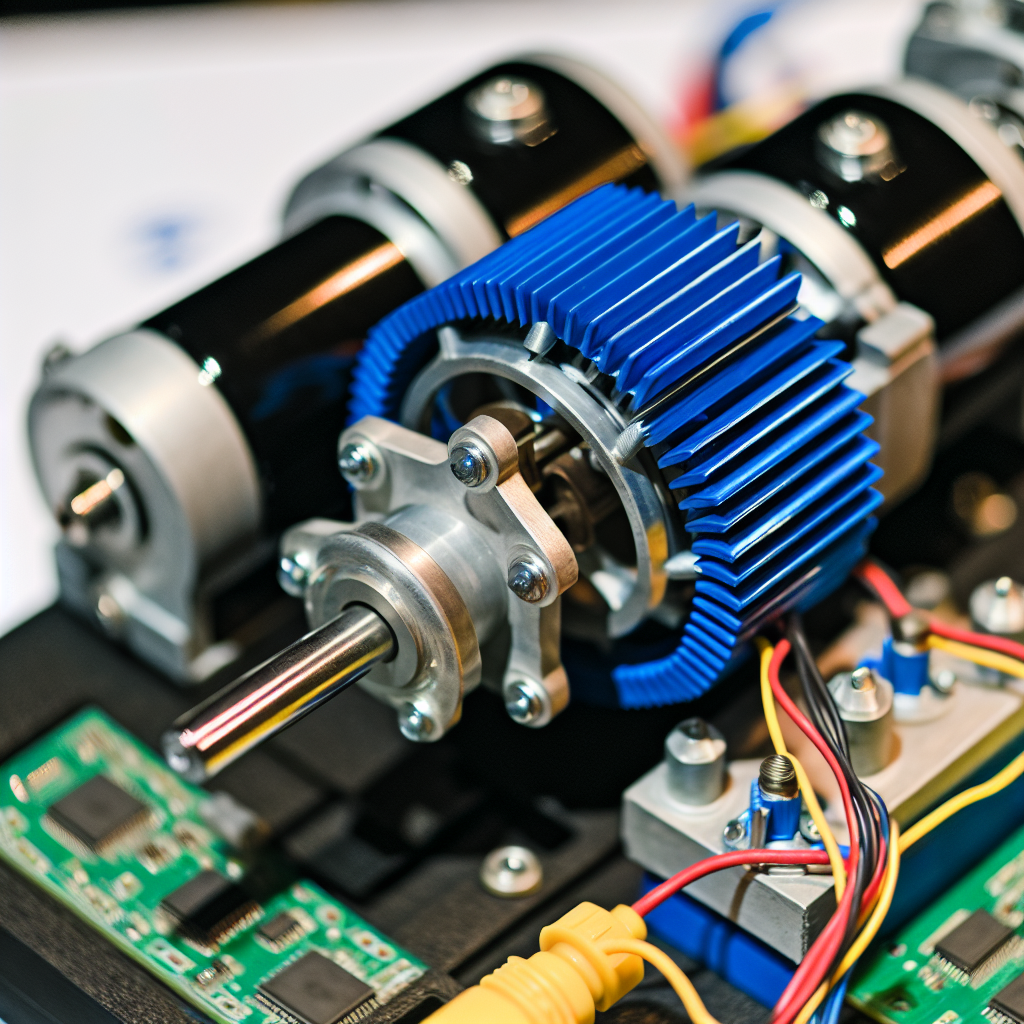Embarking on a science project involving electricity generation offers a hands-on approach to understanding fundamental concepts of physics and electromagnetism. This article delves into creating a simple but effective electricity generator, highlighting the roles of DC motors and DC generators, and providing practical tips for your project. Watch the tutorial below for visual guidance.
Understanding the Science Behind Electricity Generation
A fundamental aspect of creating an electricity generator is comprehending how mechanical energy is converted into electrical energy through electromagnetic induction. The core principle involves moving a coil within a magnetic field or moving a magnetic field relative to a coil. This process induces a voltage, which can then be harnessed as usable electricity.
**DC motors** and **DC generators** employ these principles but serve different functions. A DC motor converts electrical energy into mechanical motion, whereas a DC generator does the opposite—converting mechanical energy into electrical output. Leveraging these devices in your project can demonstrate real-world applications of electromagnetism, such as renewable energy sources or DIY power supplies.
Constructing a Simple Electricity Generator Using a DC Motor or Generator
- Materials Needed: A small DC motor or generator, magnets, coils of copper wire, a gear mechanism (if needed), light bulbs or LEDs, wires, and a power source (like a battery).
- Design & Assembly:
- Attach strong neodymium magnets to the rotor or stator of the DC motor/generator.
- Coil the copper wire around an iron core or in a separate coil to enhance electromagnetic induction.
- Connect the coil to a load (such as a LED) to visualize generated electricity.
- Rotate the magnet or coil manually or using a mechanical setup like a windmill or hand crank to generate current.
- Testing & Observation: Rotate the magnets or coil and monitor the voltage output. Use a multimeter to measure voltage and current, observing how different speeds or magnet strengths influence output power.
This simple setup not only demonstrates the core principles of electromagnetic induction but also provides a tangible way to explore how real-world electricity generators operate. Experimenting with different designs can deepen your understanding of efficiency and power output.
Conclusion
Creating a electricity generator science project using DC motors and DC generators showcases the fascinating relationship between mechanical motion and electrical energy. By understanding electromagnetic principles and building practical models, students can explore renewable energy concepts and technological applications. Dive into hands-on experimentation to unlock the secrets of generating electricity and inspire innovation in your science projects!
